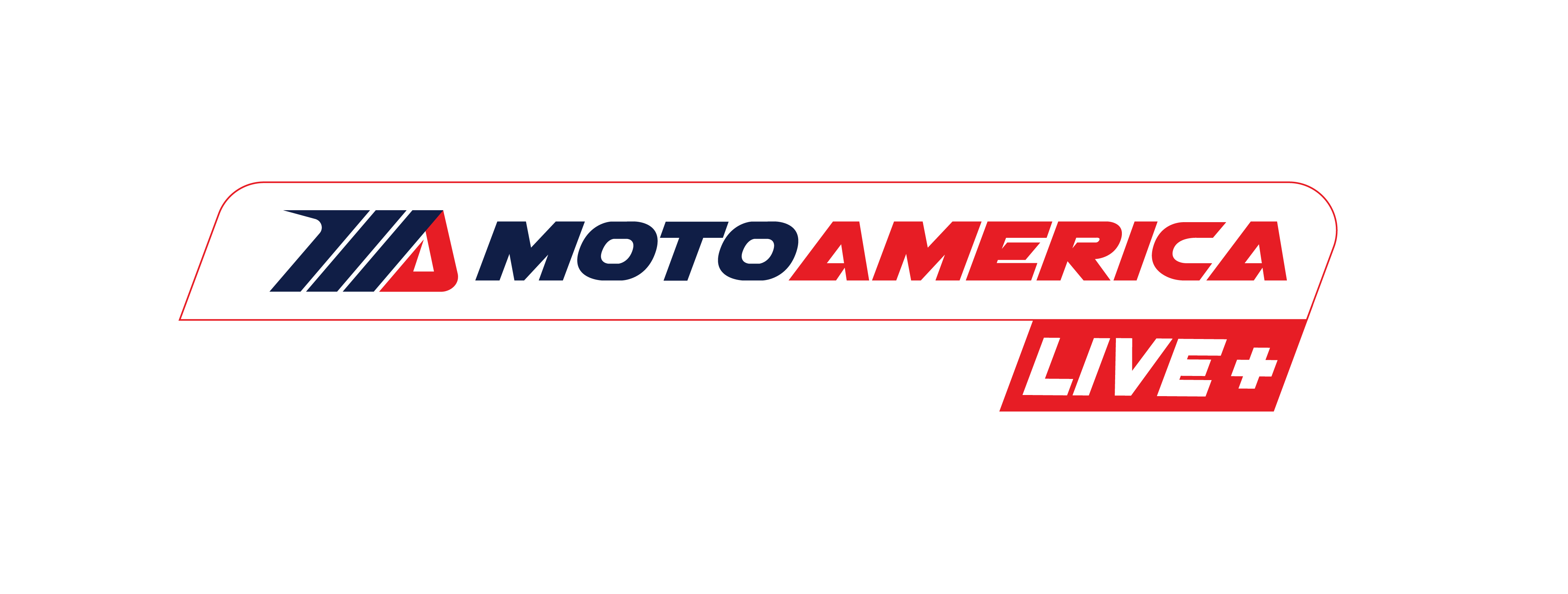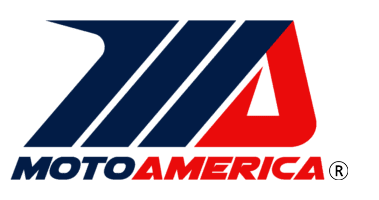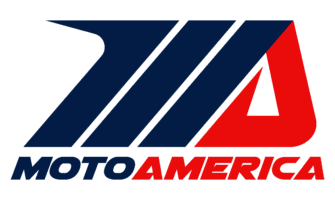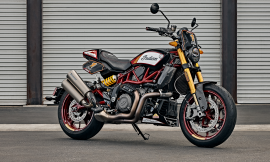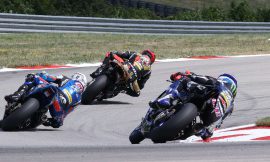
Last week, an email message was sent out to the riders, teams, officials, and other people who are involved in MotoAmerica. The message included a number of regulations, either new or revised, that have been added to the official 2024 MOTOAMERICA AMA FIM NORTH AMERICA ROAD RACING CHAMPIONSHIP REGULATIONS.
While I perused the list, one of the regulations caught my eye: 1.21t Riders may not remove hands from handlebars for aerodynamic advantage.

Those among us who went through driver’s training in high school probably remember the old “10 and 2 Rule,” which is to keep your left hand at the 10 o’clock position on the steering wheel while your right hand is supposed to be at the 2 o’clock position. Both hands on the steering wheel is a best practice when driving a car.
Along those same lines, obviously, keeping both hands firmly on the handlebars of your bicycle, motorcycle, scooter, or e-scooter is also a “best practice.” Clearly, it’s all about maintaining complete control of the two-wheeler you are piloting. But, taking your left hand off the handlebar is something we all do from time to time. Heck, let’s face it, we’ve even taken both hands off the handlebars. Not smart, but it happens.
Keeping both hands on the handlebars has been a “lightly enforced guideline for several years,” according to Race Director Rick Hobbs, and it usually would result in a rider being summoned to Race Control to be told that’s a no-no. Well, now it’s a hard and fast rule.
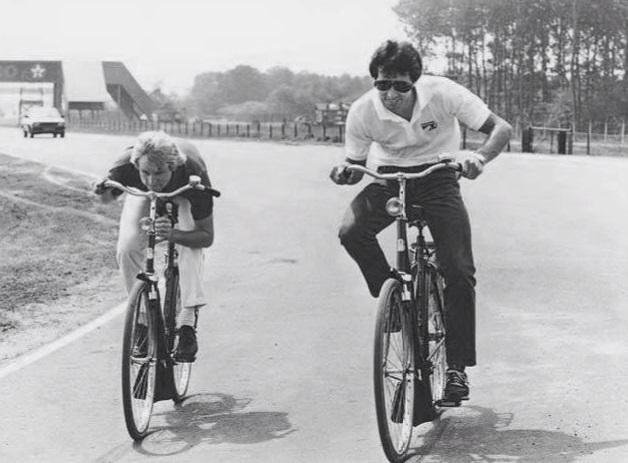
For decades, flat trackers racing at “Mile” events would get into a tuck on the straightaways, and many would either grip the upper left fork tube with their left hand or put their left hand alongside the left side of the fuel tank, all to make themselves more aerodynamic on motorcycles that didn’t have fairings of any kind to help channel the slipstream smoothly over their upper bodies.
The riders in MotoAmerica’s Junior Cup Championship have also been doing the same thing. The Kawasaki Ninja 400s and Yamaha YZF-R3s raced in Junior Cup have full fairings but they’re not that big. Some riders place their left arms behind their backs on long straightaways to help optimize their tuck.
The high-handlebar heroes of the Mission Super Hooligan National Championship are essentially riding flat track bikes converted to road racers, and there are no fairings on those machines. So, the left hand down on the left fork tube or resting against the side of the fuel tank has become de rigueur for many of the competitors.
But, now, under “1.21 BEHAVIOR DURING PRACTICE AND RACE,” line item 1.21t states “Riders may not remove their hands from the handlebars for the purposes of aiding aerodynamics during any session including races.”
We’ve all gone aero-crazy lately. Led by the bizarre fins, spoilers, ducts, wings, and wake modifiers tacked onto MotoGP bikes these days, everyone is trying to slice through the air with the greatest of ease, and also, effect.
Well, MotoAmerica road racers, do everything you can to crawl under the paintwork on your bikes, but just don’t take either hand off the bars. They’re called “grips,” so grip ’em tightly. It’s not only safer, but you’ll avoid a trip to Race Control.
For the full 2024 MotoAmerica schedule and to purchase tickets for MotoAmerica events, click HERE
For information on how to watch the MotoAmerica series, click HERE


